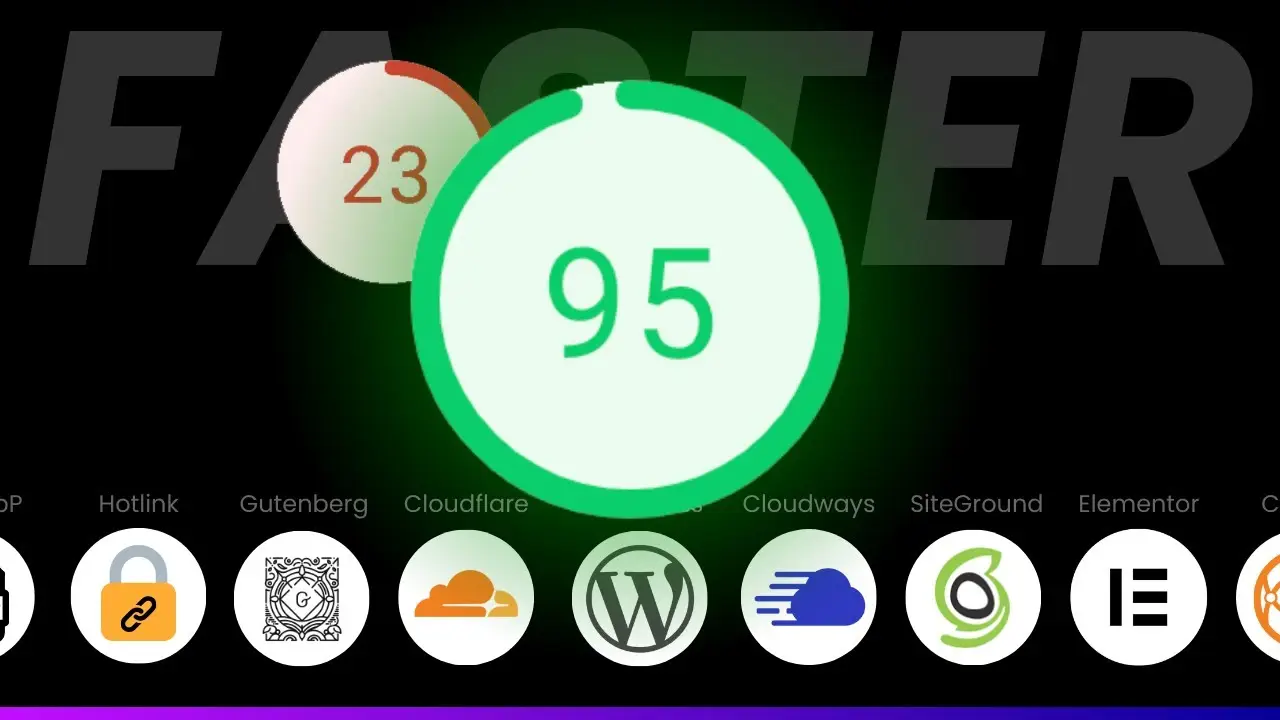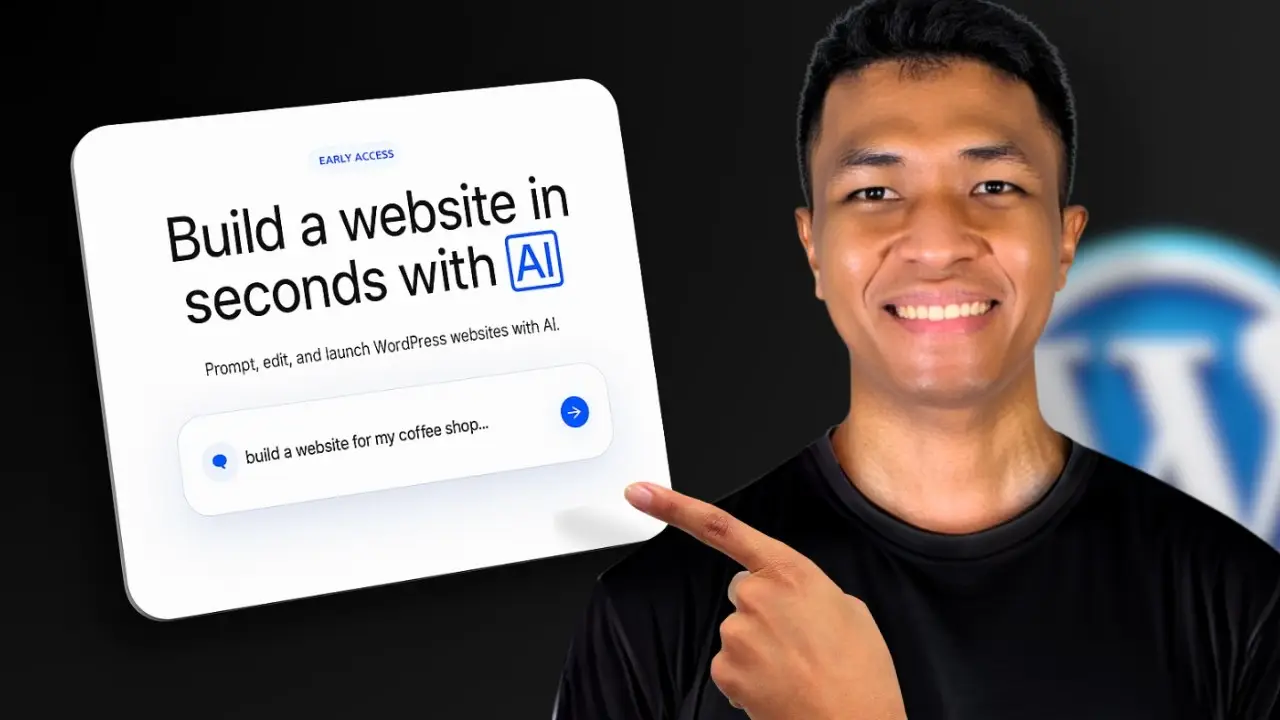- Learn how to optimize your WordPress site for speed without breaking the bank
- Discover free and easy-to-implement techniques to boost your site’s performance
- Understand which popular practices may not be necessary for your specific situation
As a WordPress enthusiast, I’ve spent countless hours tinkering with my sites to squeeze out every last bit of performance. Today, I’m excited to share with you 23 actionable steps to speed up your WordPress website. These tips range from basic to advanced, but all of them can make a significant difference in your site’s loading times. Let’s dive in!
1. Ditch Elementor for Gutenberg
I know this might ruffle some feathers, but hear me out. While Elementor is a powerful page builder, it can be a resource hog. If you’re only using basic features, consider switching to Gutenberg. It’s faster, lighter, and comes built-in with WordPress. You can enhance Gutenberg’s functionality with free plugins like Spectra, Otter Blocks, or Gutenbee.
2. Embrace Block Themes
Block themes, also known as Full Site Editor themes, are the future of WordPress. They’re fully customizable, integrate seamlessly with Gutenberg, and are about 20-30% faster than traditional themes. Plus, they’re often free! Head to Appearance > Themes > Block Themes to explore your options.
3. Choose Fast Hosting
Don’t skimp on hosting. A good host can make a world of difference in your site’s speed. I personally use Cloudways, which offers great performance at a reasonable price. However, many shared hosting providers now offer optimized plans that can compete with dedicated cloud hosting.
4. Locate Your Server Strategically
If most of your visitors are from India, it makes sense to host your site on a server in or near India. This reduces the distance data has to travel, resulting in faster load times.
5. Use System Fonts
While Google Fonts are popular, they require pulling data from an external source. Using system fonts like Arial or Helvetica can improve your First Contentful Paint score and save bandwidth.
6. Disable Hotlinking
Prevent others from using your content (especially images) on their sites without permission. This saves your server resources. You can disable hotlinking using a security plugin or through your cPanel dashboard.
7. Compress Images
Use a high-compression image plugin to reduce image sizes without sacrificing quality. I recommend WP Smush for unlimited compressions or TinyPNG for better compression (limited to 500 images per month).
8. Switch to WebP
WebP is a modern image format that’s smaller than JPEG or PNG and supports transparency. Use the WebP Express plugin to automatically convert your images to WebP.
9. Say Goodbye to GIFs
GIFs are outdated and bulky. Use animated WebP images instead – they’re smaller, support more colors, and still allow for animation.
10. Use CDN Wisely
A Content Delivery Network (CDN) can speed up your site for global audiences. However, if your target audience is localized, a CDN might not be necessary. Save your money and only use a CDN when it makes sense for your audience.
11. Install a Caching Plugin
Caching is crucial for WordPress performance. It stores rendered versions of your pages, delivering them much faster to visitors. Try free options like LiteSpeed Cache, Cache Enabler, or WP Fastest Cache.
12. Minify CSS and JavaScript
Remove unnecessary characters, comments, and unused code from your CSS and JavaScript files. Most caching plugins include this feature.
13. Combine CSS and JavaScript Files
Merging multiple CSS or JavaScript files into single files reduces HTTP requests, speeding up page load times. Again, most caching plugins offer this functionality.
14. Enable Gzip Compression
Gzip compression can reduce your HTML, CSS, and JavaScript file sizes by up to 70%. Many caching plugins and some hosts enable this automatically.
15. Implement Lazy Loading
Lazy loading displays images and videos as users scroll, rather than loading everything at once. This saves resources and improves speed. Many caching and image compression plugins include lazy loading features.
16. Optimize WordPress Cron
WordPress Cron can be inefficient, potentially executing the same job thousands of times a day. Use a plugin like Easy Cron or WP Crontrol to optimize this process.
17. Clean Up Your Database
Over time, WordPress accumulates junk data. Use plugins like WP Optimize or Advanced Database Cleaner to keep your database tidy and efficient.
18. Remove Emojis
WordPress includes its own emoji data, which is often unnecessary as modern browsers handle emojis natively. Most caching plugins allow you to remove WordPress emojis easily.
19. Control Heartbeat API
The Heartbeat API allows your browser to communicate with the server for tasks like autosaving. Reducing its frequency can alleviate server load. Use a plugin like Heartbeat Control or check your caching plugin settings for this option.
20. Leverage Cloudflare
Cloudflare offers a free CDN, additional compressions, and DDoS protection. It’s a no-brainer for improving your site’s speed and security. Learn how to add WordPress to Cloudflare for more details.
21. Update PHP Version
Newer PHP versions often include optimizations that can speed up your site. However, be cautious and wait a year or two after a new release to ensure plugin compatibility.
22. Use Multifunctional Plugins
Many popular plugins offer multiple features. For example, instead of using separate plugins for SEO and redirects, you could use a single plugin like RankMath that covers both. Fewer plugins mean less strain on your server and faster load times.
23. Explore Hosting Optimizations
Many WordPress hosts offer built-in optimization features. For example, Cloudways includes a preferred caching plugin, while Kinsta and SiteGround offer free CDNs. Check with your host to see what speed-boosting features they provide.
Implementing these steps can significantly improve your WordPress site’s speed. Remember, not every tip will be necessary for every site, so test and measure your results as you go. And if you’re in the market for new hosting, be sure to choose wisely to avoid overpaying.
Happy optimizing!






